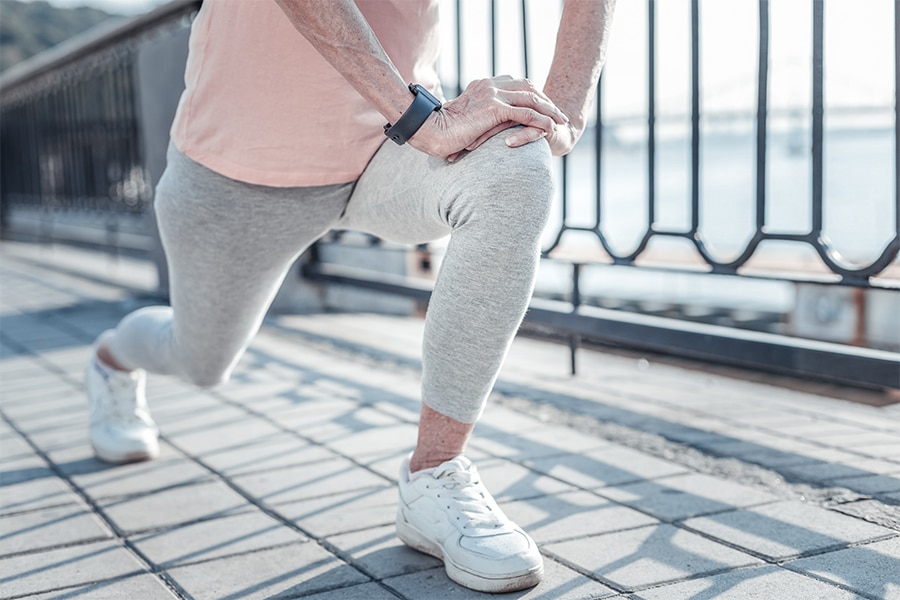Let’s face it, smartwatches and smartphones are not going anywhere. With Apple Watch users now up over 100 million and many more with FitBit and other smartwatch manufacturers, the adoption of these wearable devices continues to grow and reach even broader demographics. On a personal level, having convenient, daily access to the information provided by these devices is incredibly helpful for achieving personal goals, maintaining a healthy lifestyle, and having concrete proof of your efforts should anyone bring them into question. The tech inside these wearable devices and smartphones has evolved into much more than just step-counters, and now these devices are being integrated into health practices for a more comprehensive approach to healthcare.
Making healthcare more convenient and personal is of great benefit to providers and patients. The health data collected by wearables is playing a huge part in the personalized medicine effort, so long as patients are on board with sharing that data with their provider. Well, according to a recent survey done by Software Advice, 96% of patients are interested in sharing their wearable device data with their doctors. This has the opportunity to be extremely beneficial for patients and doctors when it comes to personalizing treatment plans. It is also well known that when you get your patients more engaged with their recovery and healthcare plan, they tend to see better results.
With over a million people undergoing a joint replacement procedure annually in the United States, alone, wearable data could play a huge part in these patient’s postoperative care. Being able to monitor things like sleep quality, heart rate, and even blood oxygen levels can give providers a more daily view of their patient’s activity. For instance, if a patient presents with knee pain, the doctor can refer to their wearable data to see if perhaps they’ve been overactive for the current stage of their recovery. Physical therapy routines can be adjusted on the fly based on daily feedback. Kinomatic uses OneStep’s digital physical therapy app which uses even more of our portable device’s capabilities, tapping into the gyroscope to measure things like knee and hip flexion, extension, and hip adduction and abduction.
Knowing that your wearable data is being viewed by your provider also has indirect benefits where over half of the patients surveyed said that this would encourage them to make healthier choices. Another interesting trend with the patients surveyed is that the majority of patients claimed they were more likely to choose a health provider who was utilizing wearable data over one who was not, giving those providers a likely advantage.
The power of wearable technology will only continue to grow giving way to more meaningful and seamless ways of sharing the data that matters with medical practices.
For more information on the survey mentioned in this post click here.
